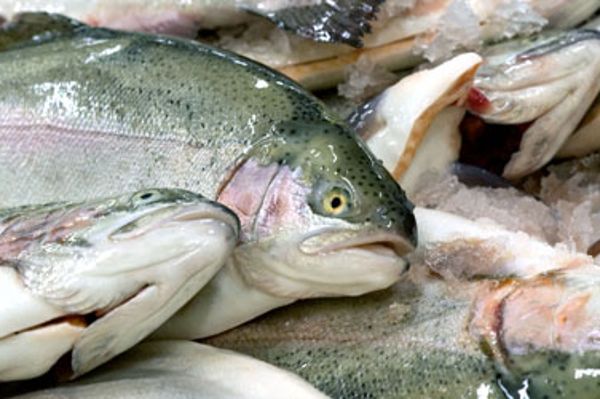The common organisation of the markets (CMO) in fisheries and aquaculture products

The common organisation of the markets in fisheries and aquaculture products is an important pillar of the Common Fisheries Policy (CFP).
This common market organisation (CMO), the EU’s approach in the management of the market for fisheries products, was established in 1970, originally as a part of the Common Agricultural Policy. Its objective is to guarantee stable prices for producers and reliable supply for processing enterprises and consumers – in spite of aggravated market conditions, in particular given the growing scarcity of resources in Community waters.
The goal of the common market organisation – regulated in the applicable Community Regulation (EC) No 1379/2013 as amended - is thus
- to sustainably stabilise the market for fisheries products in terms of price, quality, regularity and availability;
- to make it more attractive by means of qualitatively upgraded products (marketing standards);
- to make it more transparent by means of better consumer information (labelling);
- and to incorporate it into responsible fisheries.
Marketing standards to support stock management
From the point of view of responsible fisheries the CMO has to take precautions against behaviour which might impair stock management. In order to protect certain stocks there are biological minimum sizes - minimum-length limits - to prevent the harvesting of immature fish.
The defined minimum sizes have priority over the trade sizes defined in the marketing standards, the so-called size categories. As a quality orientation for the consumer there are, apart from the size categories, also freshness categories. Products originating from third countries may only be marketed in the Community if they comply with the marketing standards. Upon the import to Austria, the Federal Office for Food Safety (Bundesamt für Ernährungssicherheit) verifies the compliance with the acquis communautaire.
Labelling provisions for effective consumer protection
Due to the increase in product diversity, also the need for more information is growing as it enables us to weight and decide according to specific criteria when purchasing. Therefore, the reform of the CMO aimed at boosting market transparency and supplementing consumer protection by the information of consumers. This consumer information provides for compulsory indications for the sale of certain fisheries products in retail trade.
Accordingly, the consumer has the right to get exact information on the trade name and its scientific name (see pdf file in the annex), the catching area, the production method, fishing gear, and information whether the product was defrosted. The Federal Office for Food Safety (BAES) checks compliance with the above-mentioned provisions and standards.
In this way the market has, on the one hand, the opportunity to react flexibly on the rising environmental awareness of consumers and, on the other hand, can make a valuable contribution to sustainable resource management of the oceans.
Traceability control
The CMO has made it its goal to provide the consumer with clear and comprehensive information on fisheries products. Traceability controls make an important contribution in this effort. In a nutshell: The way of the fish would have to be monitored from net to plate. The required rules are set out in Council Regulation (EC) No 1224/2009 establishing a Community control system for ensuring compliance with the rules of the Common Fisheries Policy of 20 November 2009. The Federal Office for Food Safety (BAES) verifies the required evidence to ensure seamless documentation. This is also the only way of supporting the fight against illegal fishing.